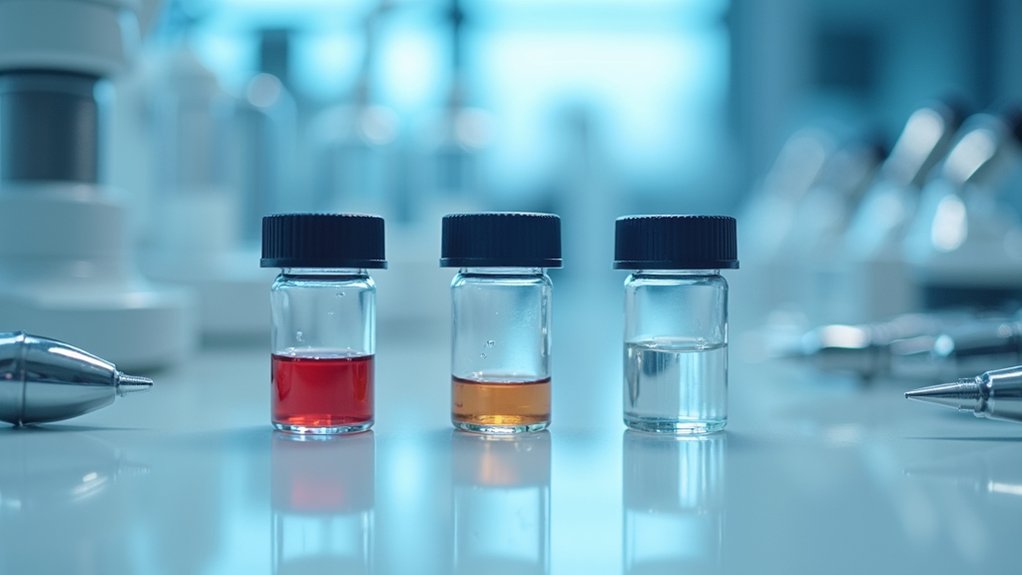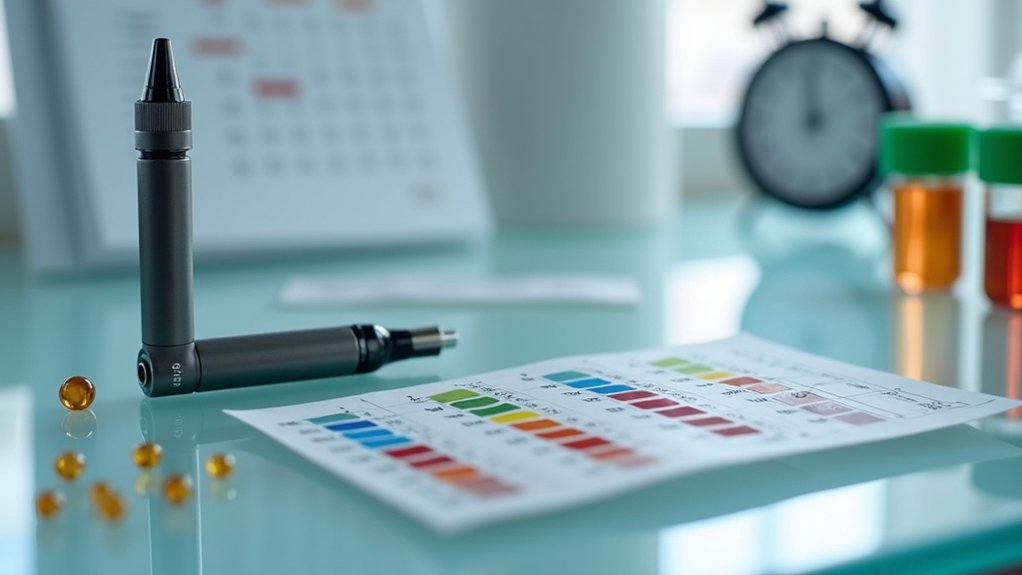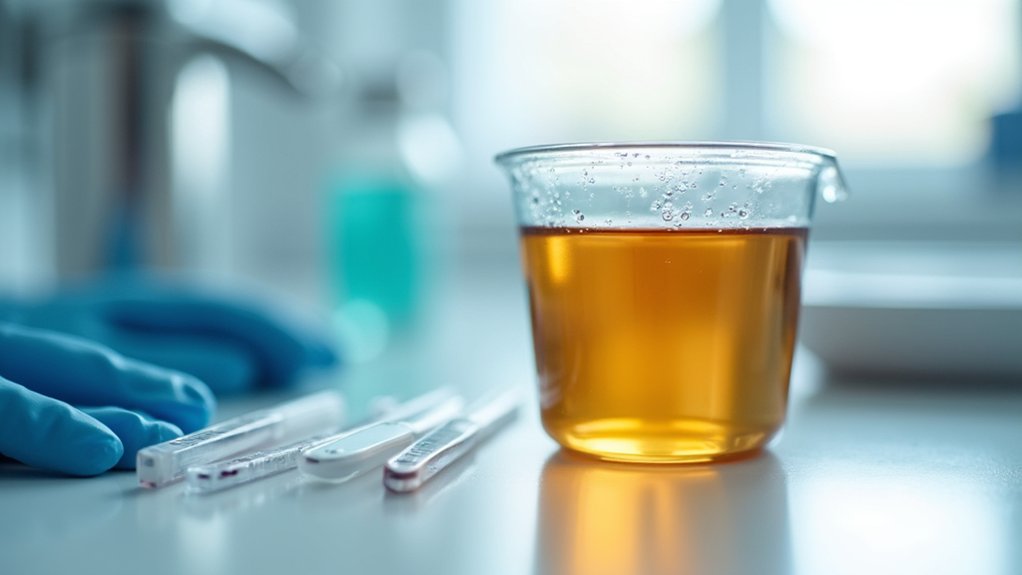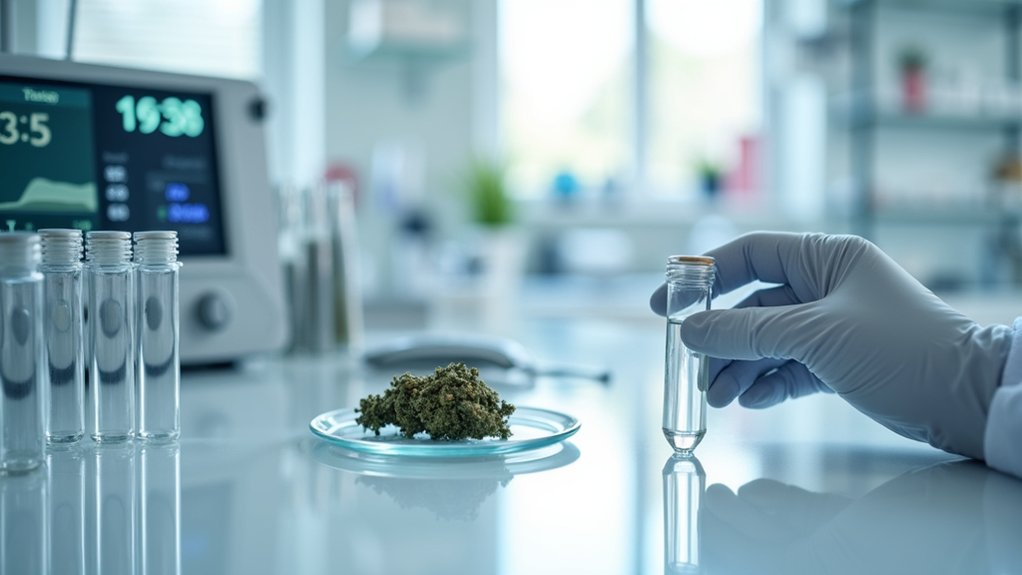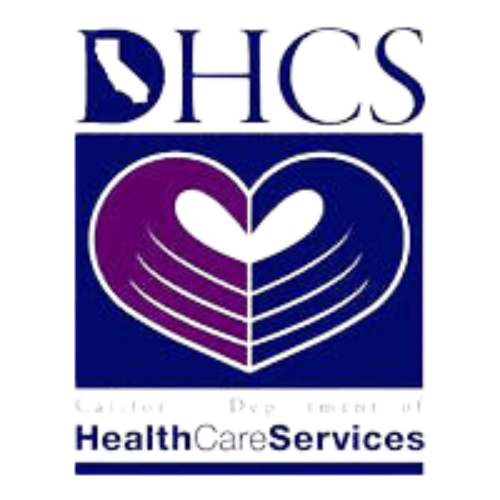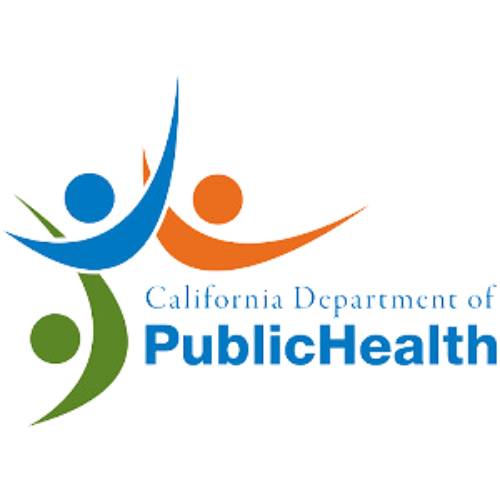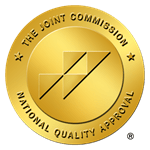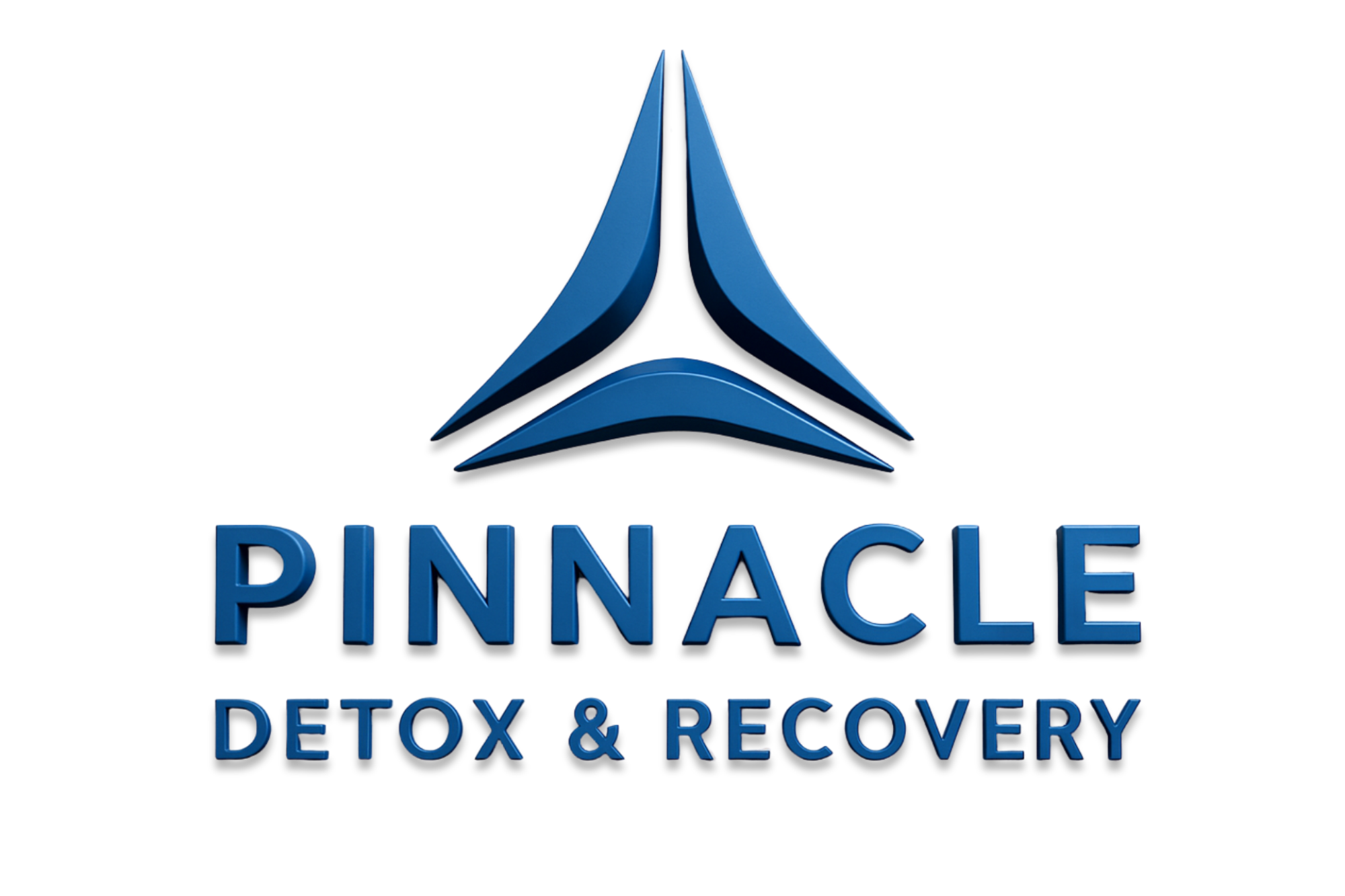Recovery services for addiction include outpatient care (83% of facilities), residential treatment (24%), and inpatient programs (7%). You'll find options ranging from flexible outpatient therapy to intensive 24/7 residential care, with costs typically between $1,400-$10,000 for 30 days. Medication-Assisted Treatment combines FDA-approved medications with behavioral therapies, while integrated mental health services address dual diagnoses. Understanding these treatment pathways can greatly influence your chances of successful recovery.
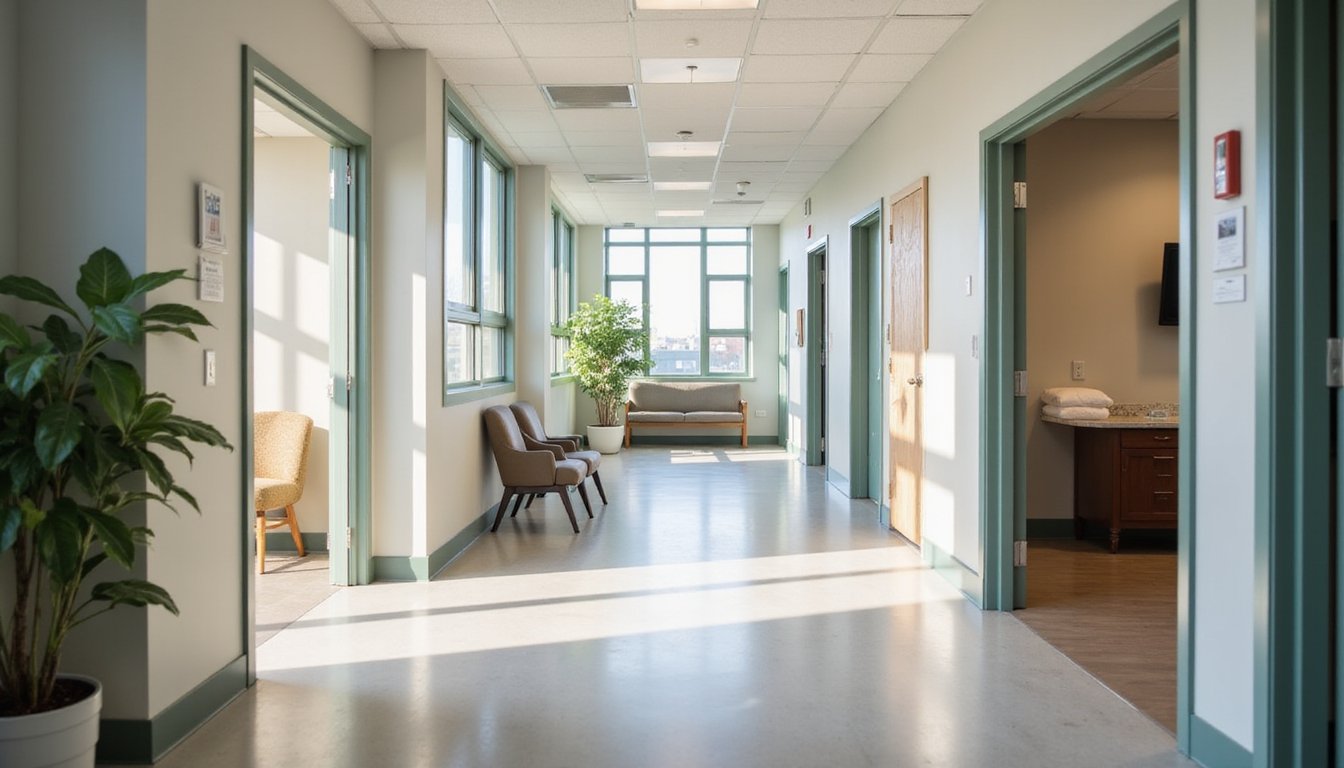 The terrain of addiction treatment facilities offers multiple pathways to recovery, with over 14,700 specialized substance use treatment centers operating across the United States. You'll find that 83% of these facilities provide outpatient care, while 24% offer residential treatment options, and 7% deliver inpatient services for more intensive medical needs. Treatment accessibility varies significantly by location, with bed availability rates ranging from 8 to 79 beds per 100,000 people across different states. General outpatient rehabilitation programs cost between basic treatment costs $1,400 to $10,000 for a 30-day period.
When exploring specialty program options, you'll uncover that 18% of facilities provide long-term residential care exceeding 30 days, while 15% focus on short-term programs. Program accreditation standards guarantee quality care across various treatment models, including the 13% of facilities that specialize in medication-assisted opioid therapy. Whether you require residential detoxification (available in 9% of centers) or outpatient services, treatment facilities typically combine multiple service lines to create personalized recovery plans adapted to your needs. Recent data shows that medication-assisted treatment is increasingly available, with 39% of facilities now offering pharmaceutical interventions for alcohol use disorder.
The terrain of addiction treatment facilities offers multiple pathways to recovery, with over 14,700 specialized substance use treatment centers operating across the United States. You'll find that 83% of these facilities provide outpatient care, while 24% offer residential treatment options, and 7% deliver inpatient services for more intensive medical needs. Treatment accessibility varies significantly by location, with bed availability rates ranging from 8 to 79 beds per 100,000 people across different states. General outpatient rehabilitation programs cost between basic treatment costs $1,400 to $10,000 for a 30-day period.
When exploring specialty program options, you'll uncover that 18% of facilities provide long-term residential care exceeding 30 days, while 15% focus on short-term programs. Program accreditation standards guarantee quality care across various treatment models, including the 13% of facilities that specialize in medication-assisted opioid therapy. Whether you require residential detoxification (available in 9% of centers) or outpatient services, treatment facilities typically combine multiple service lines to create personalized recovery plans adapted to your needs. Recent data shows that medication-assisted treatment is increasingly available, with 39% of facilities now offering pharmaceutical interventions for alcohol use disorder.
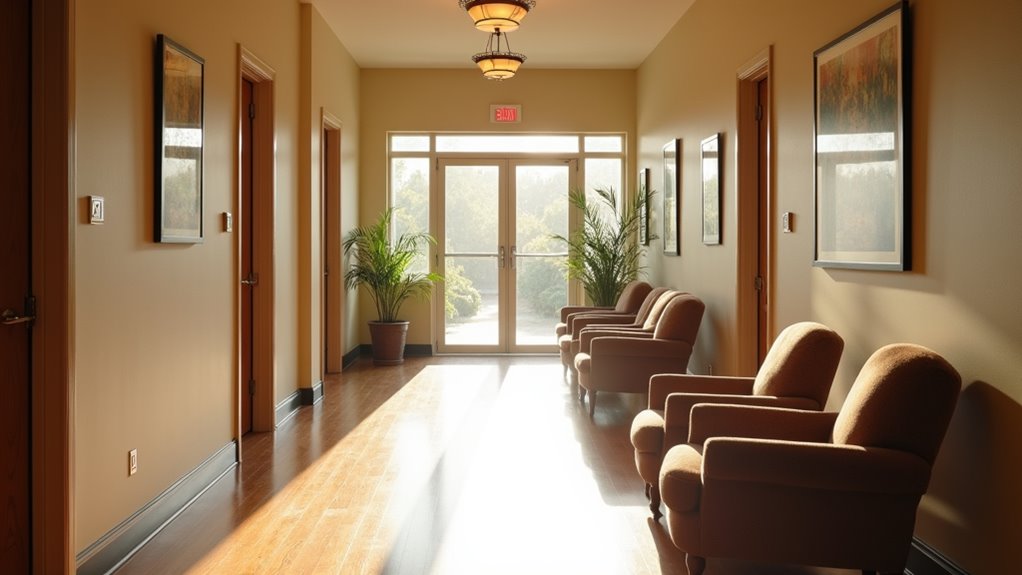 Selecting appropriate care levels proves critical for optimizing addiction recovery outcomes. Program recommendations range from early intervention through residential treatment, with patient assessments determining the most suitable level of support.
You'll find that early intervention (Level 0.5) offers brief educational sessions and skill-building for those with emerging substance use concerns. If you need more structured support, outpatient services (Level 1) provide flexible therapy while maintaining your daily routine. Recovery consultants often assist families in navigating these initial treatment decisions. Intensive outpatient programs (Level 2.1) increase treatment hours and group therapy components, while partial hospitalization (Level 2.5) delivers exhaustive daily care. For severe cases requiring constant medical supervision, residential treatment (Levels 3-4) provides 24/7 support, medically managed detox, and intensive therapy in a secure environment. All treatment levels use standardized language to clearly communicate care requirements and expectations across providers. A comprehensive continuum of care allows patients to transition between different levels as their treatment needs evolve over time.
Selecting appropriate care levels proves critical for optimizing addiction recovery outcomes. Program recommendations range from early intervention through residential treatment, with patient assessments determining the most suitable level of support.
You'll find that early intervention (Level 0.5) offers brief educational sessions and skill-building for those with emerging substance use concerns. If you need more structured support, outpatient services (Level 1) provide flexible therapy while maintaining your daily routine. Recovery consultants often assist families in navigating these initial treatment decisions. Intensive outpatient programs (Level 2.1) increase treatment hours and group therapy components, while partial hospitalization (Level 2.5) delivers exhaustive daily care. For severe cases requiring constant medical supervision, residential treatment (Levels 3-4) provides 24/7 support, medically managed detox, and intensive therapy in a secure environment. All treatment levels use standardized language to clearly communicate care requirements and expectations across providers. A comprehensive continuum of care allows patients to transition between different levels as their treatment needs evolve over time.
 The complex path through addiction recovery reveals distinct patterns of success across different treatment modalities and substances. You'll find treatment completion outcomes vary considerably, with inpatient programs showing a 49% success rate compared to 43% for outpatient services. While initial recovery poses challenges with relapse risks of 40-60%, your chances of sustained sobriety improve dramatically after five years, dropping to less than 15%. The effectiveness of recovery efforts is demonstrated by 22.3 million Americans currently living substance-free after overcoming substance use disorders. Among treatment facilities nationwide, private for-profit centers make up approximately one-fifth of available options. About 75 percent of individuals who struggle with addiction ultimately achieve recovery, though their journeys may differ significantly.
Long term recovery programs demonstrate that combined approaches yield the best results. You're most likely to succeed when utilizing both professional treatment and peer support, as evidenced by two-thirds of successful recoveries. The timeline differs by substance; opioid users typically need 8.4 years to resolve addiction, while alcohol users require 21.9 years, with MAT improving outcomes for both groups.
The complex path through addiction recovery reveals distinct patterns of success across different treatment modalities and substances. You'll find treatment completion outcomes vary considerably, with inpatient programs showing a 49% success rate compared to 43% for outpatient services. While initial recovery poses challenges with relapse risks of 40-60%, your chances of sustained sobriety improve dramatically after five years, dropping to less than 15%. The effectiveness of recovery efforts is demonstrated by 22.3 million Americans currently living substance-free after overcoming substance use disorders. Among treatment facilities nationwide, private for-profit centers make up approximately one-fifth of available options. About 75 percent of individuals who struggle with addiction ultimately achieve recovery, though their journeys may differ significantly.
Long term recovery programs demonstrate that combined approaches yield the best results. You're most likely to succeed when utilizing both professional treatment and peer support, as evidenced by two-thirds of successful recoveries. The timeline differs by substance; opioid users typically need 8.4 years to resolve addiction, while alcohol users require 21.9 years, with MAT improving outcomes for both groups.
Understanding Your Treatment Facility Options

Medication-Based Support and Therapies
When exploring medication-assisted treatment (MAT) for addiction recovery, you'll find it combines FDA-approved medications with behavioral therapies to address both physical dependency and psychological aspects of substance use disorders. This holistic treatment approach includes extensive medication monitoring and personalized care plans customized to your specific needs. Less than twenty percent of individuals with opioid use disorder currently receive medication-based treatments. Recovery is possible with proper medical support and commitment to treatment. The treatment begins with a thorough patient assessment to determine the most appropriate medication and therapy combination for your situation. Key elements of MAT include:- FDA-approved medications like methadone, buprenorphine, or naltrexone that target specific substance dependencies
- Regular clinical guidance to adjust dosing and manage withdrawal symptoms
- Integration of behavioral therapies, including counseling and vocational support
- Ongoing monitoring of your progress through evidence-based protocols
Choosing the Right Level of Care

Combined Mental Health and Addiction Services
Beyond choosing appropriate care levels, successful addiction treatment often requires addressing co-occurring mental health conditions. Unfortunately, you'll find extensive state level funding disparities affecting service availability, with integrated care rates ranging from 48.7% to 79.9% across different states. Research led by Geisel School faculty consistently demonstrates the importance of integrated treatment approaches. When seeking combined mental health and addiction services, consider these key factors:- Only 18% of addiction programs and 9% of mental health facilities offer all-encompassing dual diagnosis treatment
- Your chances of receiving adequate care for both conditions simultaneously are between 10-20%
- Integrated workforce development remains limited, with most providers lacking cross-training in both disorders
- Treatment access varies enormously by location, with rural areas facing greater challenges in service availability
Recovery Pathways and Treatment Success

